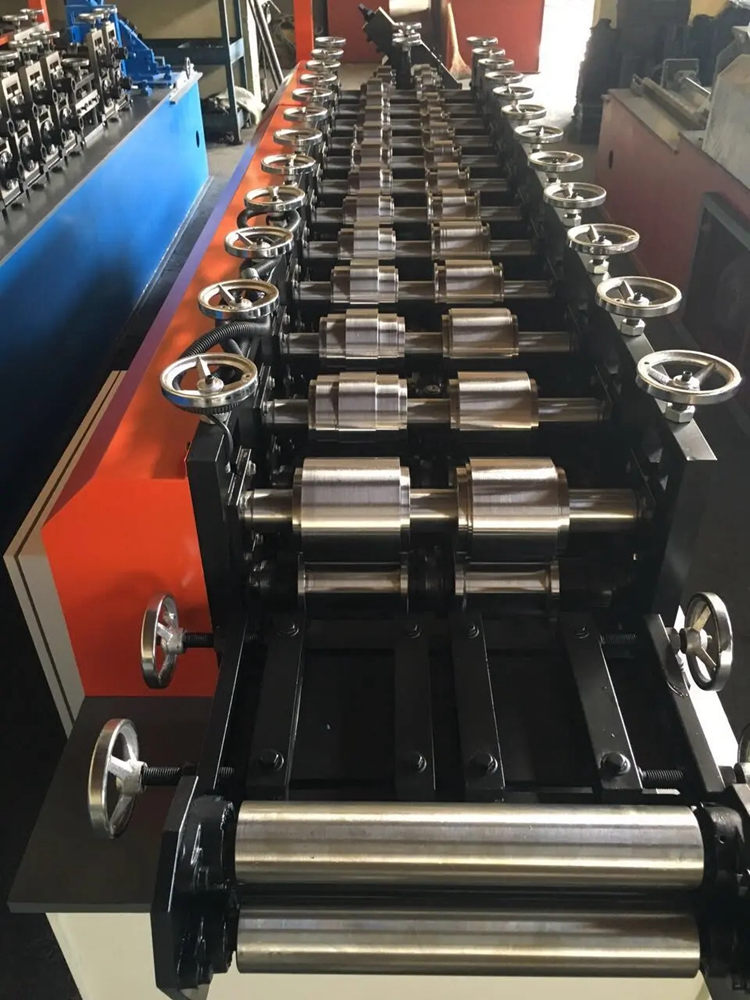
Understanding Plate Bending Machines Revolutionizing Metal Fabrication
Plate bending machines play a pivotal role in the metal fabrication industry, enabling the transformation of flat sheets of metal into various curved shapes and forms. These machines are essential in industries ranging from shipbuilding and construction to manufacturing and automotive. The ability to bend metal plates accurately and efficiently provides manufacturers with a competitive edge in craftsmanship and product durability.
What is a Plate Bending Machine?
A plate bending machine is a specialized piece of equipment designed to bend and shape metal plates into specific angles or arcs. It typically operates using hydraulic or mechanical power and is capable of performing various bending processes. The most common types of plate bending machines are the three-roll and four-roll bending machines, each suited for different applications based on the metal thickness and the desired curvature.
Types of Plate Bending Machines
1. Three-Roll Bending Machines These are equipped with three cylindrical rolls that manipulate the metal sheet as it is fed through the apparatus. The top roll exerts pressure on the metal, while the lower two rolls guide and assist in achieving the desired bend. This type of machine is ideal for producing cylindrical shapes and is commonly used in making pipes and tubes.
2. Four-Roll Bending Machines As the name indicates, these machines have four rolls that offer enhanced support and precision during the bending process. The advantage of four-roll machines lies in their ability to produce tighter and more uniform bends. This design allows for smaller radii, making them useful for complex shapes and designs often required in modern architecture and industrial applications.
3. Section Bending Machines These machines are designed specifically for bending different sections of metal, such as angles, channels, and beams. They utilize a series of rolls that can manipulate the shape while ensuring structural integrity, making them indispensable in the construction industry.

Key Advantages of Plate Bending Machines
- Precision and Consistency Modern plate bending machines are equipped with advanced technology that ensures each bend is precise and consistent. This is crucial for industries where specifications must be adhered to strictly to ensure safety and performance.
- Time Efficiency With automatic controls and hydraulic systems, these machines significantly reduce the time taken to prepare and fabricate metal components. Quick setups and adjustments ensure that production timelines are met without sacrificing quality.
- Versatility Plate bending machines can accommodate a wide variety of materials, including steel, aluminum, and stainless steel. This versatility enables manufacturers to expand their capabilities and serve diverse markets.
- Reduced Material Waste Advanced bending technologies reduce the likelihood of mistakes during the bending process, thus minimizing material waste. Effective utilization of resources translates to lower production costs and greater environmental sustainability.
The Future of Plate Bending Technology
As industries evolve, so do the technologies behind plate bending machines. The integration of automation, artificial intelligence, and advanced computer software is paving the way for smarter machines that can adapt to intricate designs and changing demands. Additionally, improvements in energy efficiency and material handling will continue to push the boundaries of what is possible in metal fabrication.
In conclusion, plate bending machines are fundamental to the metal fabrication sector, facilitating the creation of a diverse range of products essential for modern life. Their capability to bend and shape metal with precision opens up numerous possibilities for innovation in design and manufacturing. As technology continues to advance, we can expect even greater developments that will further enhance the efficiency and capabilities of these powerful machines.